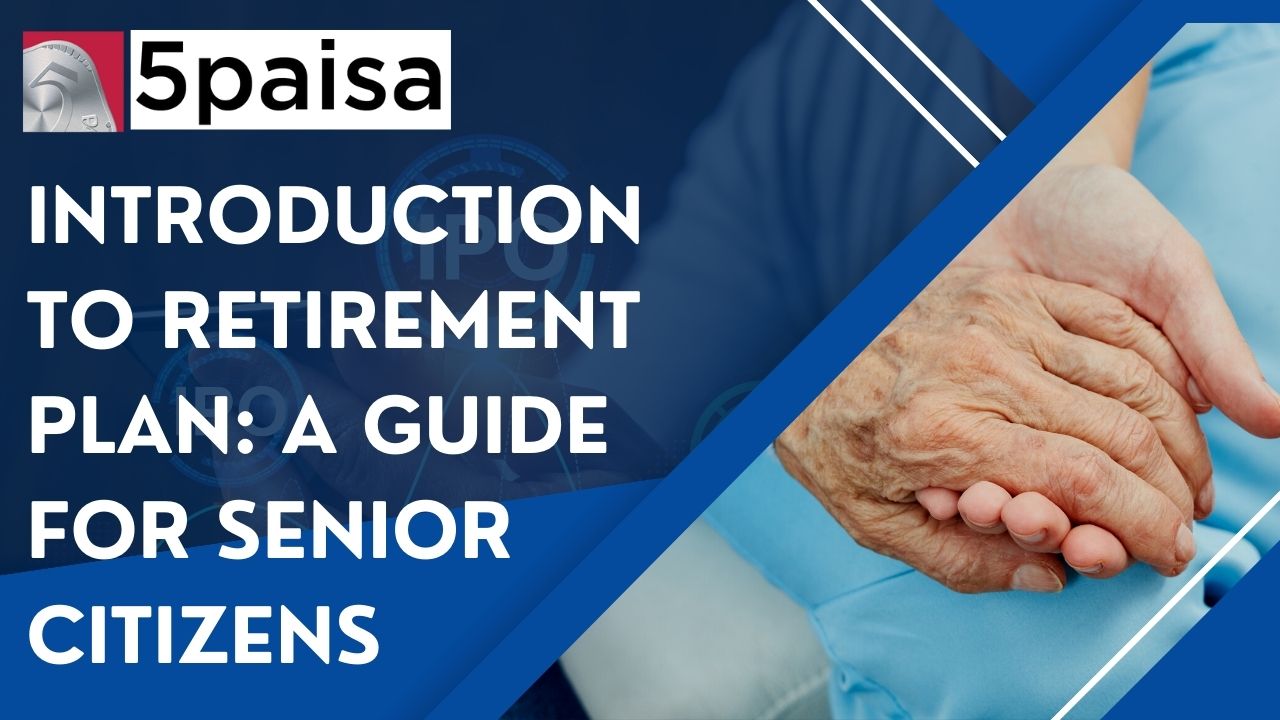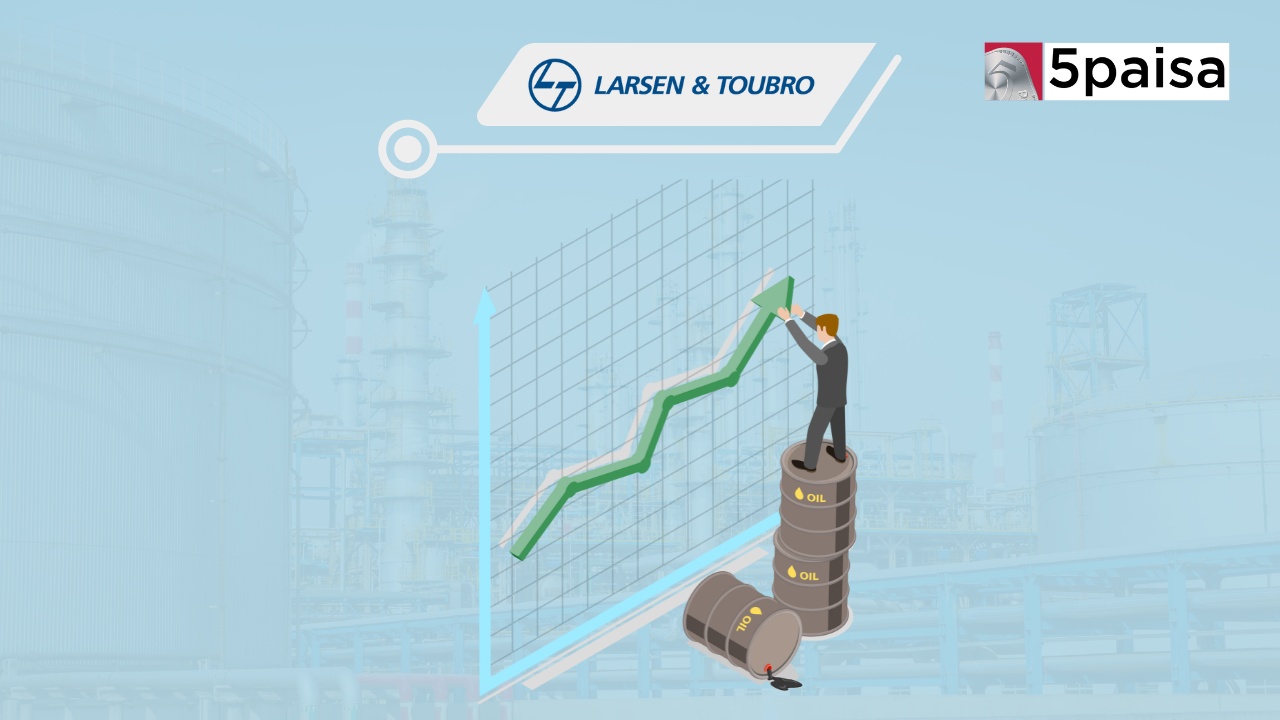Introduction to Retirement Plan A guide for Senior Citizens

Last Updated: 27th February 2023 - 04:42 pm
The traditional definition of retirement planning is about starting early, using the power of SIPs on equity funds and then making your money work hard. That is the right strategy when you are 25 or 30 years of age and have a working life of 30 to 35 years ahead of you. Here the focus is on a person who has done all the planning and created a good corpus at the time of retirement. Now, the big question that arises is; how to invest the corpus productively so as to ensure that returns are adequate and risks are low. Before we go ahead to the products available to the senior citizens, here is a quick take on a few questions that need to be answered about senior citizens planning retirement.
How senior citizens must plan their retirement carefully?
Q1. What is the level of risk that the senior citizen can assume in their retirement planning of the corpus?
A1. Obviously, the senior citizen is beyond the working age so they depend on the corpus created to fund their retirement. The risk has to lower than the average risk that individuals take while investing.
Q2. Should the senior citizen prefer fixed rate products or floating rate debt products while allocating the retirement corpus?
A2. That would largely depend on the outlook on rates and the product availability. Today, there is the RBI floating rate bond, which is rather attractive. However, considering repo rates are already up 250 bps since May 2022, the potential to go down is more distinct. Hence fixed rate debt investments will be a better choice for senior citizens now.
Q3. Should the corpus be held at a constant level or should the corpus be drawn down gradually post retirement by senior citizens?
A3. There are 2 reasons you should draw down your corpus. For example, if you decided at the age of 60 to draw down your corpus as equated pensions over next 25 years, you can earn more by drawing down than by just earning interest or dividends. Also, since the withdrawal has a return and capital component, the overall long term gains would be much lower. It is tax efficient too.
Let us now turn to some of the popular instruments that senior citizens can use to invest their corpus post retirement.
-
Pradhan Mantri Vaya Vandana Yojana
The Pradhan Mantri Vaya Vandana Yojana (PMVVY) is a Pension Scheme that is exclusively for senior citizens aged 60 years and above. The maximum Investment limit under this scheme is Rs15 lakh per senior citizen. The person can buy the scheme by paying lump sum price. The pensioner can either choose the amount of pension or the Purchase Price. The PMVVY includes a free look-in period of 15 days for the policy and 30 days in case of online purchase. Currently, the government administers the PMVVY scheme through LIC of India.
The PMVVY scheme provides the subscribers with an assured return 7% to 9% annually for a period of 10 years. These rates are subject to constant revisions by the government. Pension can be received monthly, quarterly, half-yearly or annually. The minimum pension is Rs1,000 per month and the maximum pension is Rs10,000 per month. The tenure of the PMVVY is 10 years and the principle corpus is paid back at the end of 10 years.
The PMVVY also offers the death benefit equivalent to the purchase price and accumulated pensions to the legal heirs / nominees of the policy. The PMVVY is also eligible for 75% loan of the purchase price, but this is only available after completion of 3 years. Loan interest is recovered from pension amount. The PMVVY also acquires surrender value of 98% of the purchase value after 3 years and subject to special needs only.
The PMVVY scheme is open to all Indian citizens aged 60 and above with a minimum tenure of 10 years. There is not maximum age limit for enrolling in the PMVVY scheme. While pensions received on the PMVVY are taxable at extant rates, the contribution to the PMVVY is eligible for deduction under Section 80C of the Income Tax Act. The PMVVY can only be bought in individual names and not in joint names.
-
SCSS (Senior Citizen Saving Scheme), with enhanced limits
The SCSS is one of the most popular scheme for senior citizens to invest their retirement corpus. The minimum deposit in the SCSS is Rs1,000 and multiples thereof. The maximum limit of investment under SCSS (which was limited to Rs15 lakhs) has been increased to Rs. 30 lakhs in the Union Budget 2023-24. The SCSS scheme is open to an individual who has attained the age of 60 or an individual over 55 has retired and has retired under Superannuation, VRS (voluntary retirement scheme) or Special VRS. Defence personnel can invest in SCSS on attaining 50 years of age.
Unlike the PMVVY, which is only permitted in individual names, the SCSS can be opened in individual name or jointly with spouse. The interest rate is fixed each quarter and for the quarter from 01-Jan-23 to 31-Mar-23, the interest rate has been fixed at 8%. Interest is paid quarterly on SCSS on the first days of April, July, October and January. The SCSS is for a period of 5 years and at that point, either the account can be closed or it can be extended for another 3 years. Premature closure is possible only in certain conditions.
Like the PMVVY, even the interest earned on the SCSS is fully taxable in the hands of the senior citizen. However, the investment in SCSS qualifies for tax exemption under Section 80C of the Income Tax Act. The interest on SCSS is automatically subjected to TDS if the annual interest amount exceeds Rs. 50,000.
POMIS is administered through the Department of Posts and is guaranteed by the government. Here the minimum investment is Rs. 1,000 and the maximum is Rs. 9 lakhs for individual and Rs. 15 lakhs in case of joint accounts. The current rate of interest is 7.10% per annum and the minimum lock-in period is 5 years. While there is no TDS deducted, it must be noted that the interest is entirely taxable at the incremental rate. Also, there is no Section 80C benefit on the investment amount. It allows premature withdrawal after 1 year subject to penalty. Its striking feature is the high level of safety, guaranteed interest and principal as well as the attractive yields. However, it is not too tax efficient.
One of the common methods that senior citizens can adopt is to invest in debt funds and structure a systematic withdrawal plan (SWP) for paying out the benefits as discussed earlier. Remember, senior citizens need to earn above market returns with as low risk as possible. They need investments that earn above market returns with limited risk. They have to restrict capital growth to a rate above the rate of inflation, but safety of principal and flows is paramount.
Read Best Advice for Senior Citizens for a Valuable Health Insurance
- Flat ₹20 Brokerage
- Next-gen Trading
- Advance Charting
- Actionable Ideas
Trending on 5paisa
06
 Tanushree Jaiswal
Tanushree Jaiswal
Indian Market Related Articles
Disclaimer: Investment in securities market are subject to market risks, read all the related documents carefully before investing. For detailed disclaimer please Click here.
 5paisa Research Team
5paisa Research Team




